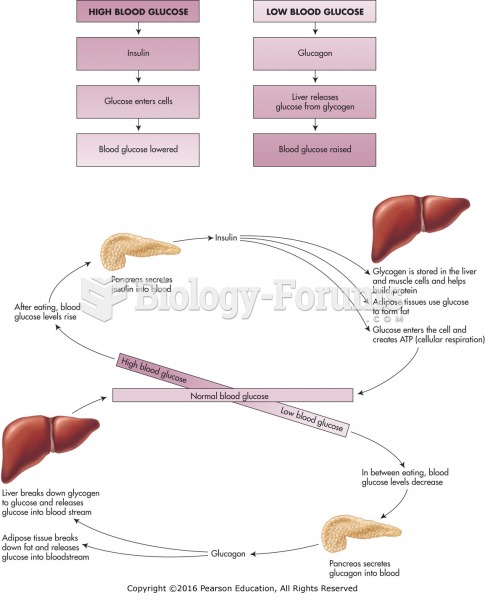|
|
|
Did you know?
About 3.2 billion people, nearly half the world population, are at risk for malaria. In 2015, there are about 214 million malaria cases and an estimated 438,000 malaria deaths.
Did you know?
In 1844, Charles Goodyear obtained the first patent for a rubber condom.
Did you know?
The people with the highest levels of LDL are Mexican American males and non-Hispanic black females.
Did you know?
Everyone has one nostril that is larger than the other.
Did you know?
Green tea is able to stop the scent of garlic or onion from causing bad breath.







